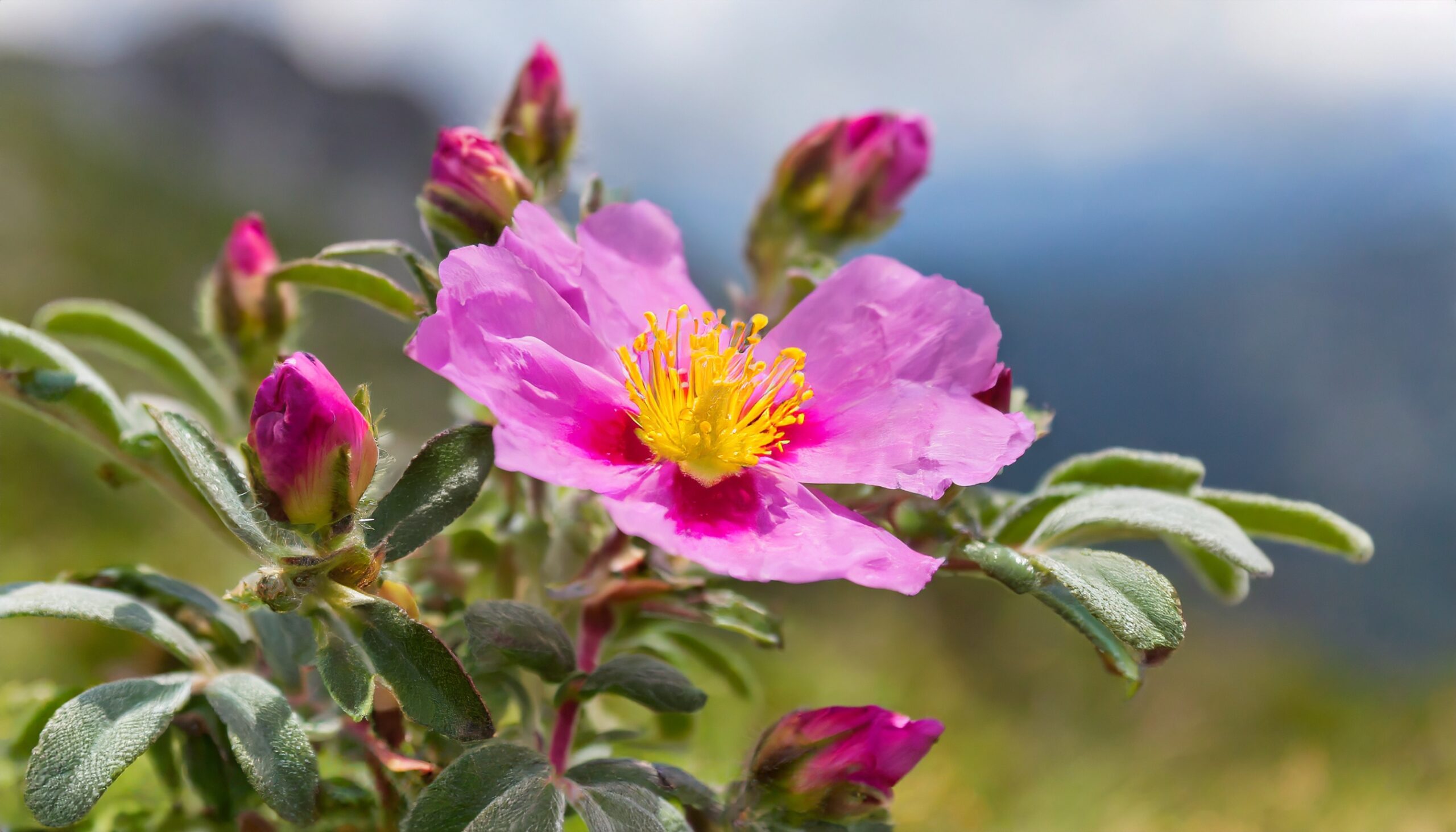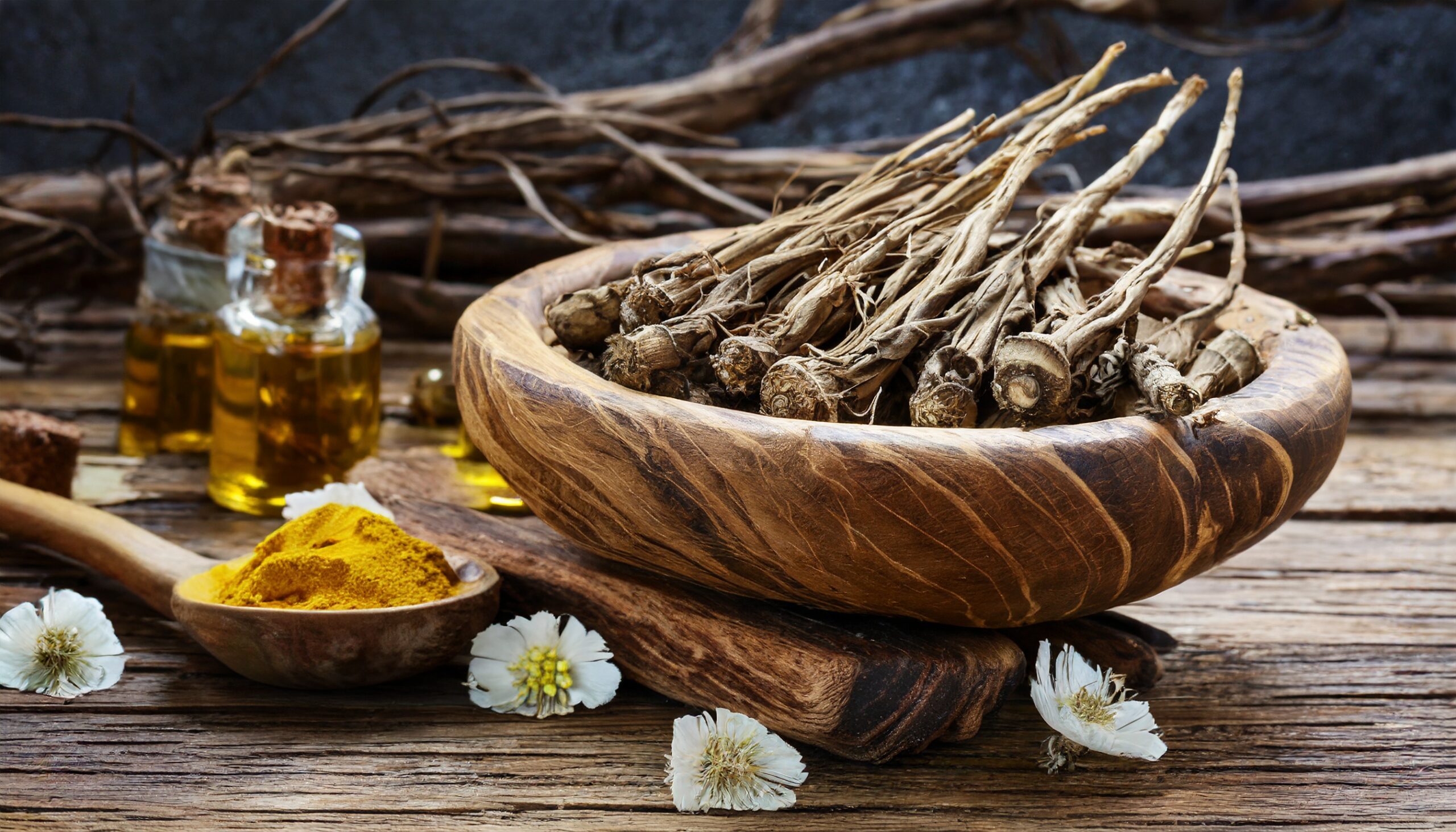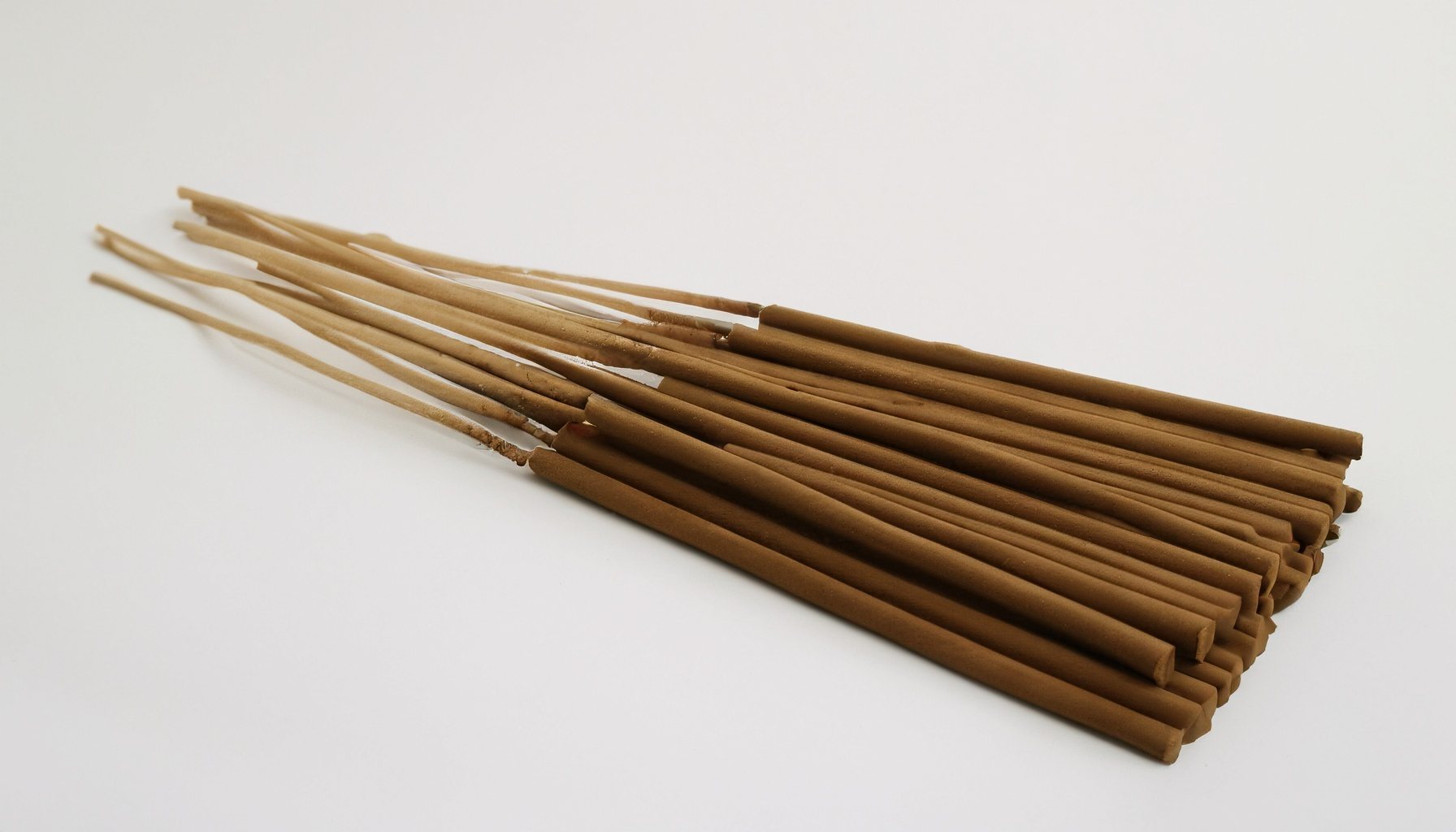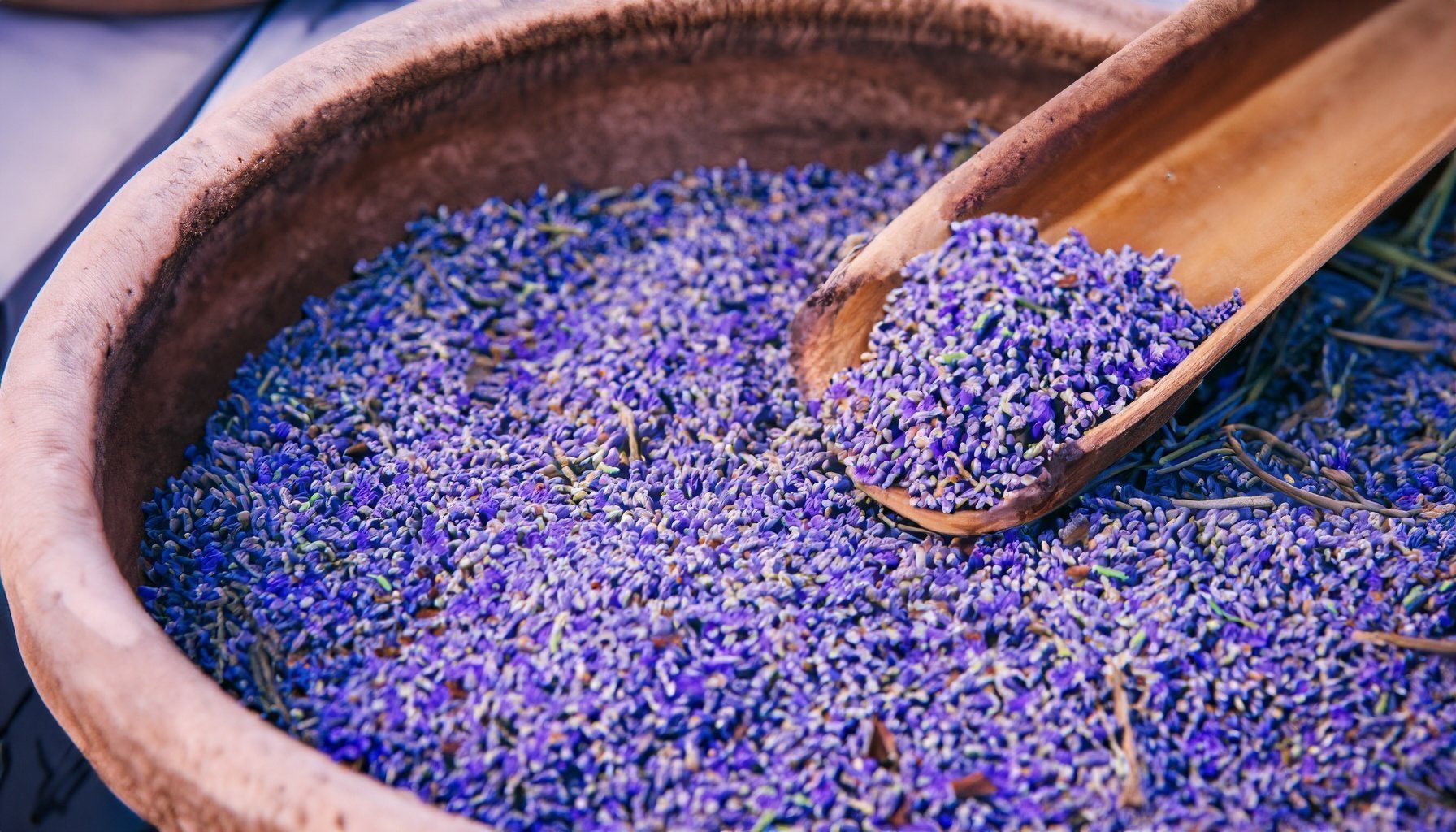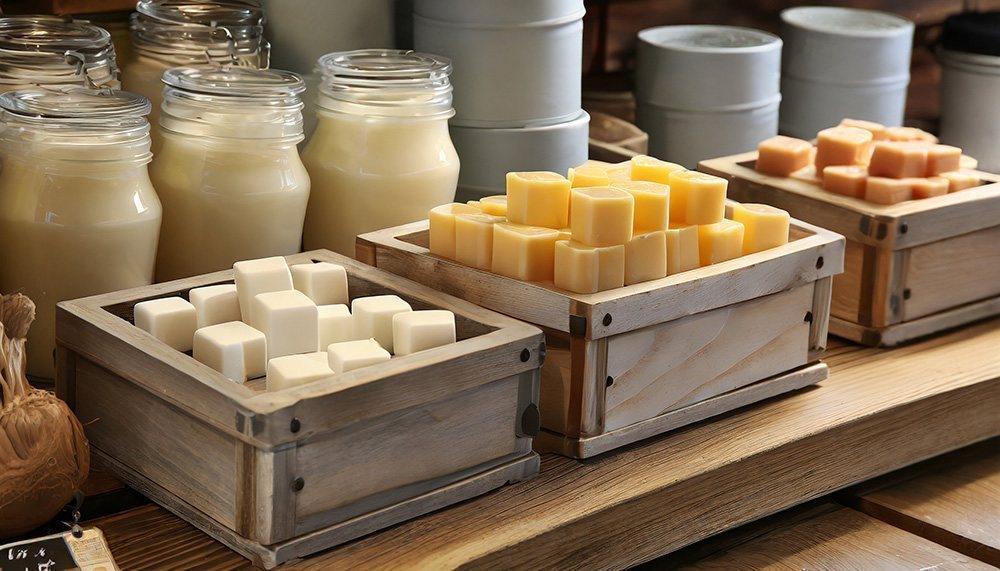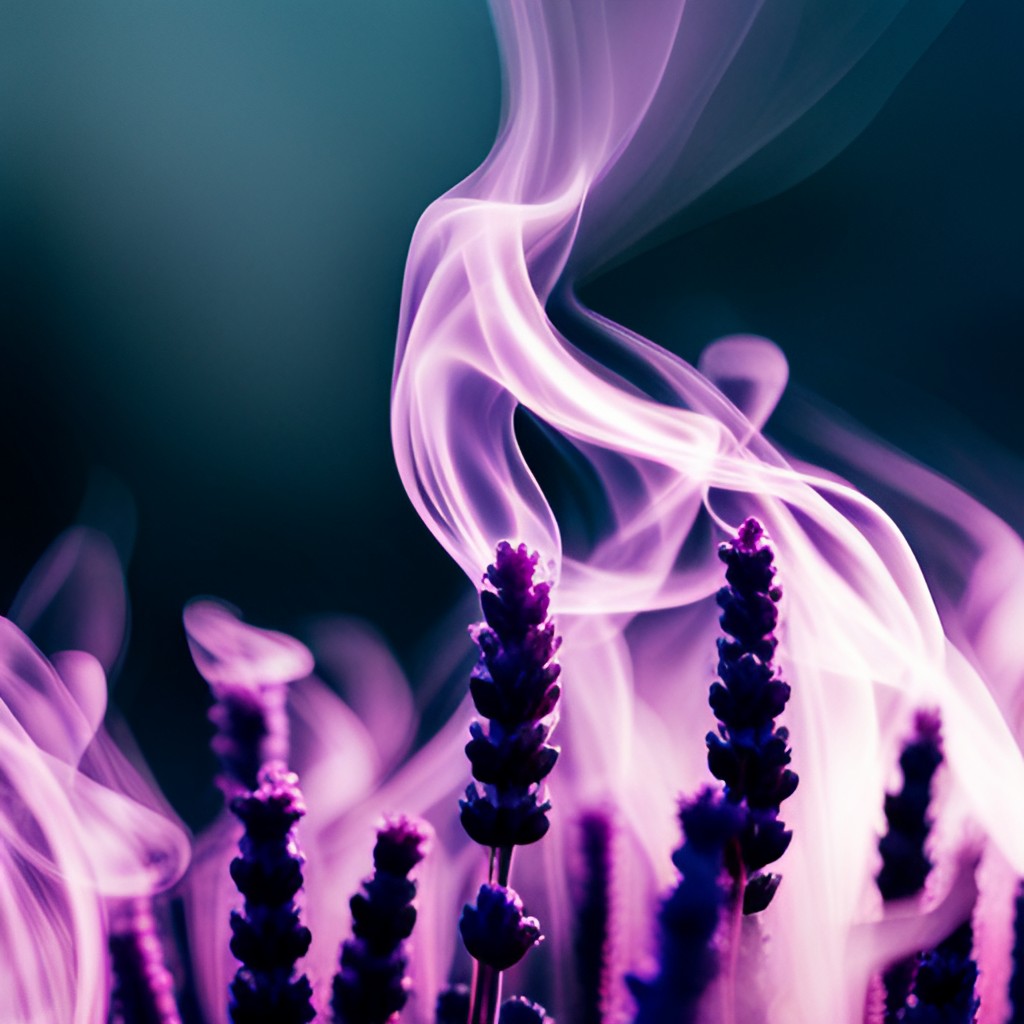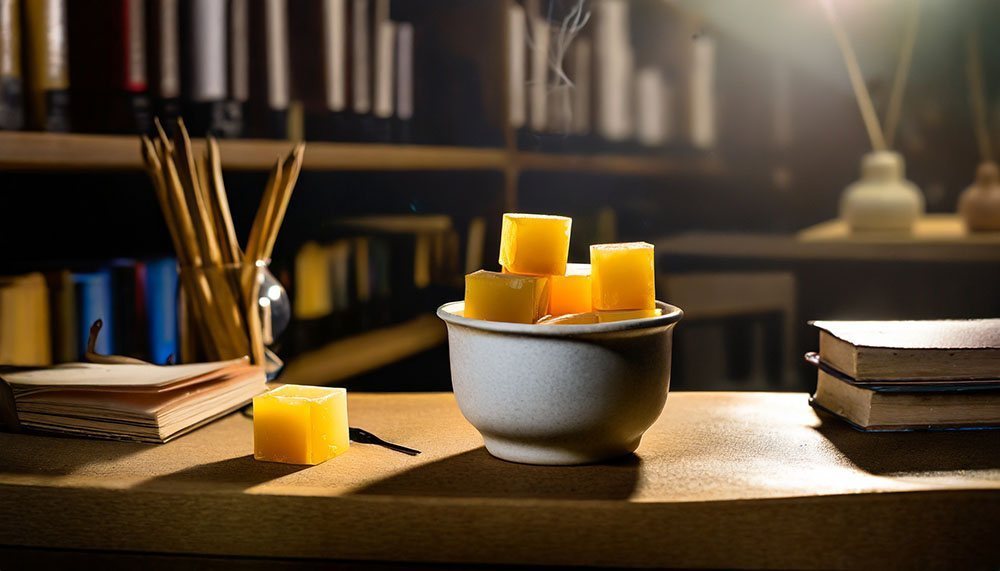
Wax melts provide an easy and effective way to enhance your overall well-being.
Through the power of aromatherapy and the use of natural ingredients, they offer numerous health benefits, including stress reduction, improved sleep, and mood enhancement.
Aromatherapy is the practice of using scents to improve mental and physical health. Wax melts serve as an excellent medium for aromatherapy, as they slowly release essential oils into the air when melted. These scents can have a profound impact on your mood, reducing stress and anxiety or promoting relaxation and focus
The power of scent should not be underestimated. Certain fragrances, such as lavender or eucalyptus, are known for their mood-enhancing properties. By simply melting a wax melt with your preferred scent, you can create an uplifting or calming atmosphere in your home.
A restful night’s sleep is essential for overall health. Wax melts infused with soothing scents like chamomile or jasmine can help you relax and unwind before bedtime. The gentle aroma can promote a sense of tranquility, making it easier to fall asleep and enjoy more rejuvenating slumber.
Modern life often brings stress and tension. Wax melts, when used in conjunction with mindfulness practices, can be a valuable tool for stress reduction. Lighting a wax melt and taking a few moments to focus on the fragrance can help you center yourself and alleviate stress.
If you find it challenging to concentrate while working or studying, certain scents like peppermint or rosemary can boost your cognitive abilities. Using wax melts with these fragrances may enhance your focus and productivity.
Many wax melts are made from natural ingredients, such as soy or beeswax, and infused with essential oils. This natural composition reduces exposure to harmful chemicals often found in synthetic air fresheners, making them a healthier choice for your indoor environment
Unlike traditional candles, wax melts are flameless. This eliminates the risk of accidents and potential exposure to harmful chemicals released by burning candles. Wax melt warmers use gentle heat to melt the wax, ensuring safety while still enjoying the benefits of fragrance.
Wax melts offer a wide range of scent options, allowing you to tailor your environment to your specific needs and preferences. Whether you seek relaxation, invigoration, or focus, there’s a wax melt fragrance for you.
Consider incorporating wax melts into your daily routine to create a healthier and more pleasant living space.

